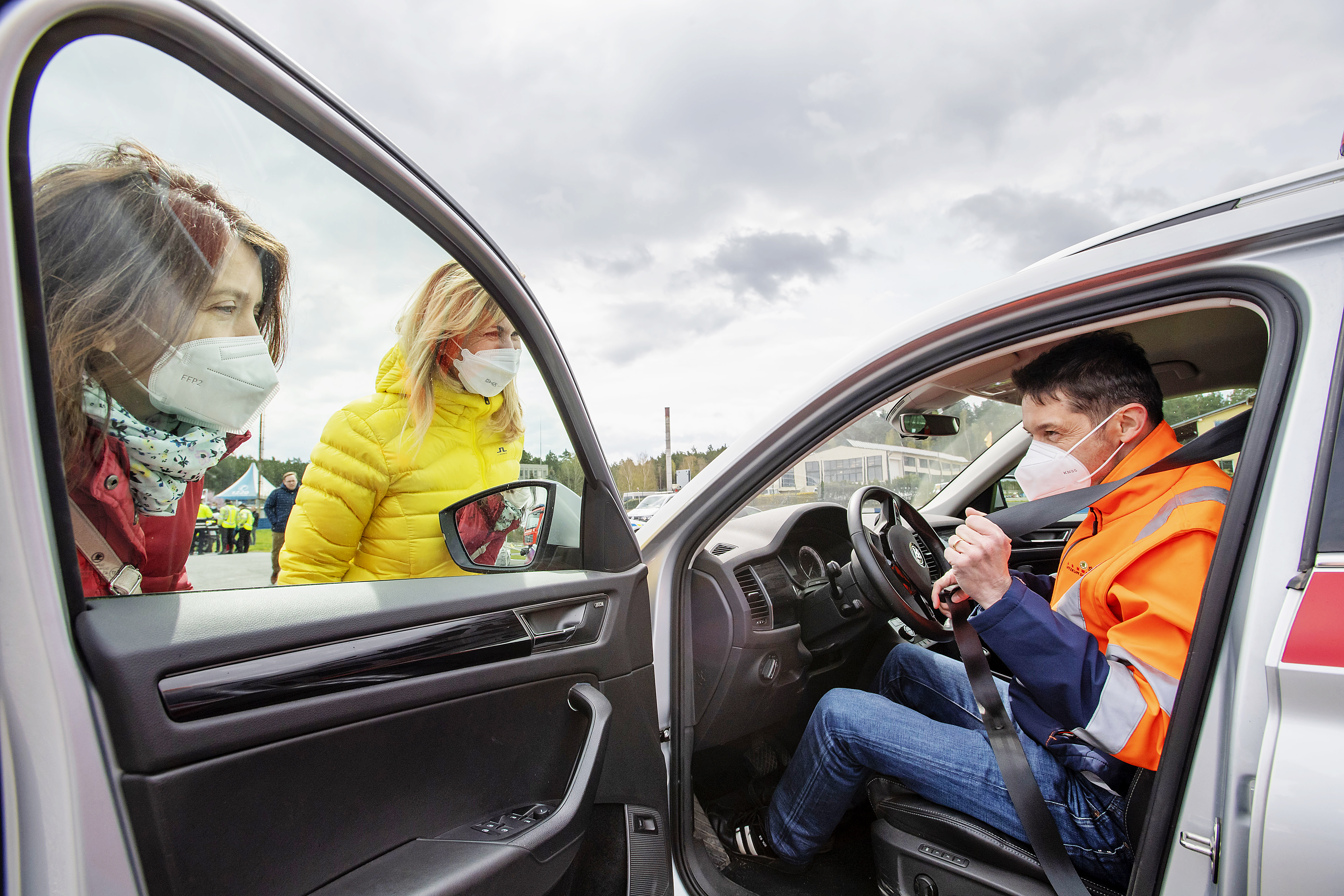The ideal car for youngsters?
Young drivers are usually in the market for inexpensive cars. But the experts will remind us that inexpensive doesn’t mean cheap. Contemporary cars have such a high standard of passive safety that today’s young used cars, which can be bought for reasonable prices at ŠKODA PLUS, for example, do very well in this respect: they’re robust, they have effective crumple zones and so on. A good guideline is that they already have head airbags. In addition to the new ŠKODA FABIA, for example, there are also second and higher generation ŠKODA OCTAVIAs.

When it comes to new cars, young drivers or their parents often go for smaller cars like the new ŠKODA FABIA. They are affordable and these days they often offer all the usual safety features, such as the full set of airbags and functioning crumple zones that ensure the safety of novice drivers and their passengers. With up to 9 airbags, for example, the new ŠKODA FABIA is one of the safest cars in its class, with safety enhanced by Drive Assist 2.0. And less experienced drivers will appreciate its Automatic Parking. For the first time in its model range, the new FABIA offers Traffic Sign Recognition and Front Assist with Predictive Pedestrian and Cyclist Protection.


















